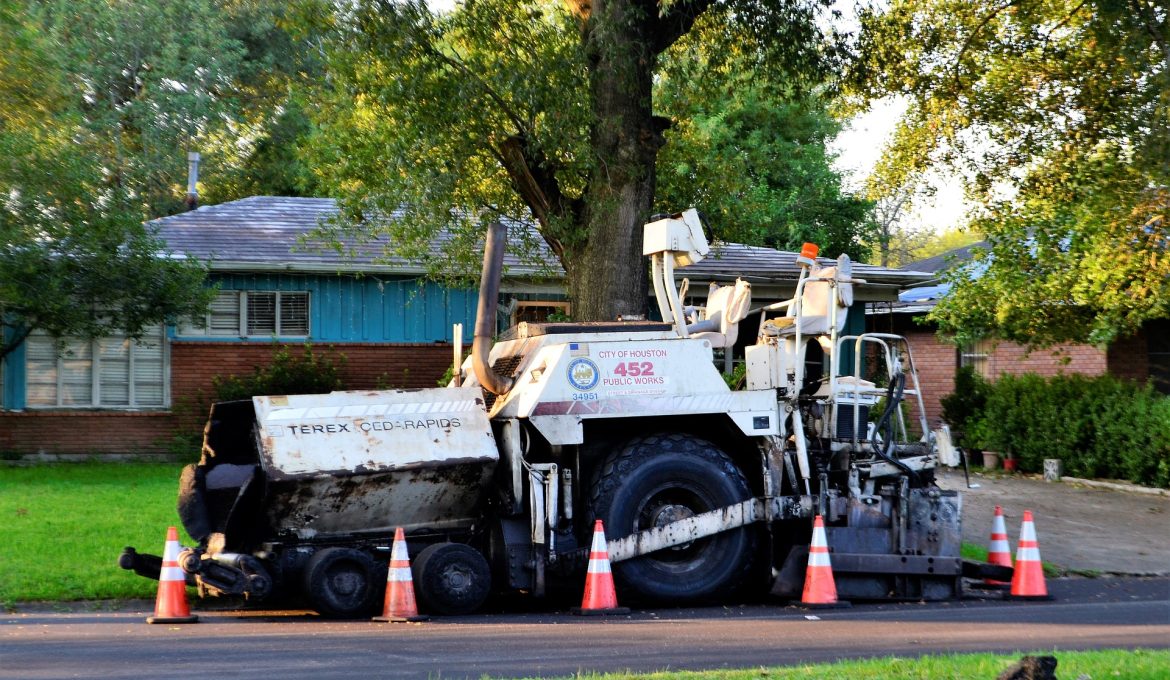Generally speaking, potholes are asphalt pavements that have suffered from several distresses, including expansion and contraction of water and moisture seeping into the pavement. Pothole repairs aim to reduce the number of potholes and ensure that they are not causing a dangerous driving conditions.
Creating safe driving conditions
Creating safe driving conditions through pothole repairs Lexington SC is a critical part of reducing the number of car accidents on the road. Various factors, including weather, construction, and layout, can cause poor road conditions. The effects of these conditions can be severe and can cause car accidents. Poor road conditions can be a factor in one-third of all traffic deaths. This is mainly because drivers need to be made aware of the hazards they are facing. Poor road conditions can also lead to pedestrian accidents, distracted driving accidents, and bike accidents. A pothole is a shallow depression in the road surface, usually one to three inches deep. Potholes can occur due to water seeping into the ground beneath the pavement. The groundwater freezes in winter and leaves voids in the pavement surface. When vehicles pass over the pothole, the soil underneath the asphalt shifts.
Dig-out patching
A dig-out patch is often the most effective long-term solution, whether a small pothole or a larger area of pavement failure. A patch is a layer of asphalt compacted to create a flat surface. It should be about one-half inch thick.
When repairing potholes, it is essential to remove debris and plant roots. You can do this by using a blower or wet/dry vacuum. You will also want to ensure you have the proper tools and supplies. You will also need to use a broom to clear away debris. After you have cleaned up, you need to prepare your patch. First, you must cut your patch’s square or rectangular outline. This outline should be at the right angle to traffic. You can use a straightedge or string line to ensure the patch is even.
Pavement distresses accumulate as asphalt pavements age
Several factors can contribute to pavement distresses. These include climate influences, traffic loading, and improper maintenance. Therefore, it is essential to understand the causes of distress before any pavement repair strategy can be implemented. Depending on the location and age of the pavement, several different types of distresses may occur. This distress includes depressions, distortions, potholes, and skidding hazards. Unfortunately, this distress can be hard to identify and pinpoint. But knowing the causes can help you extend your pavement’s life. Depressions are small low spots in the pavement surface. These spots can be caused by settlement, settling water, compensation, or accommodation during construction. They are often caused by inadequate compaction. Unsuitable aggregates can also cause them.
Moisture seeps into the pavement
Putting it all together, water is the worst enemy of asphalt and concrete. It not only soaks up the moisture in the pavement but also damages the subsurface by washing away its base. The best way to prevent water damage is to seal, caulk and maintain the pavement properly. The key to a successful maintenance program is to have regular inspections. More than replacing a worn-out road is needed; you also need to inspect the subsurface for signs of erosion. Getting a crack sealer into the mix is a good start. Having a sealer on hand is like having a fire extinguisher; it’s better to have one than not to have one at all.



